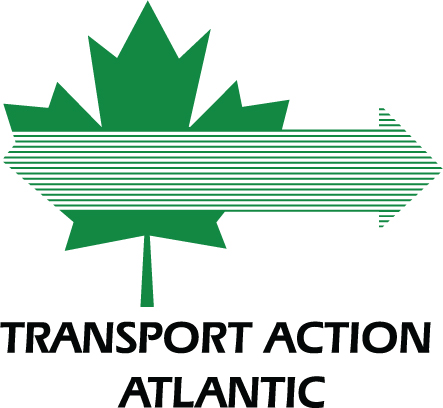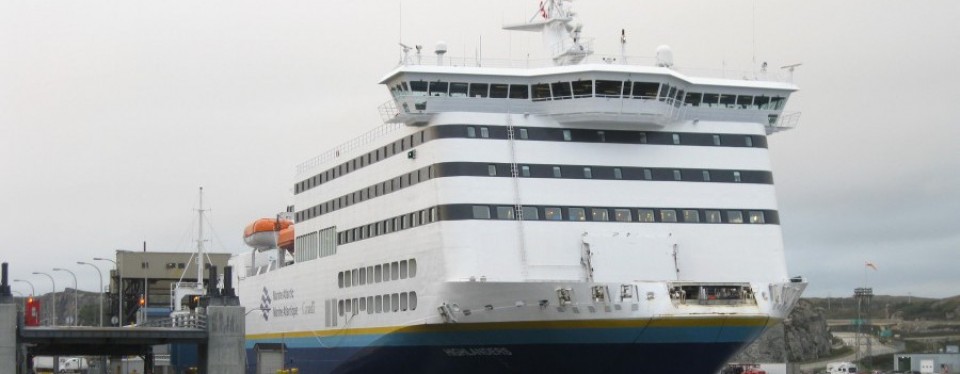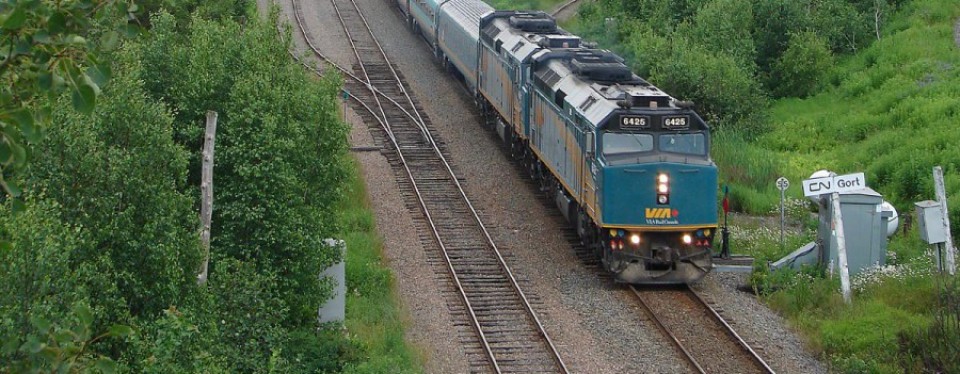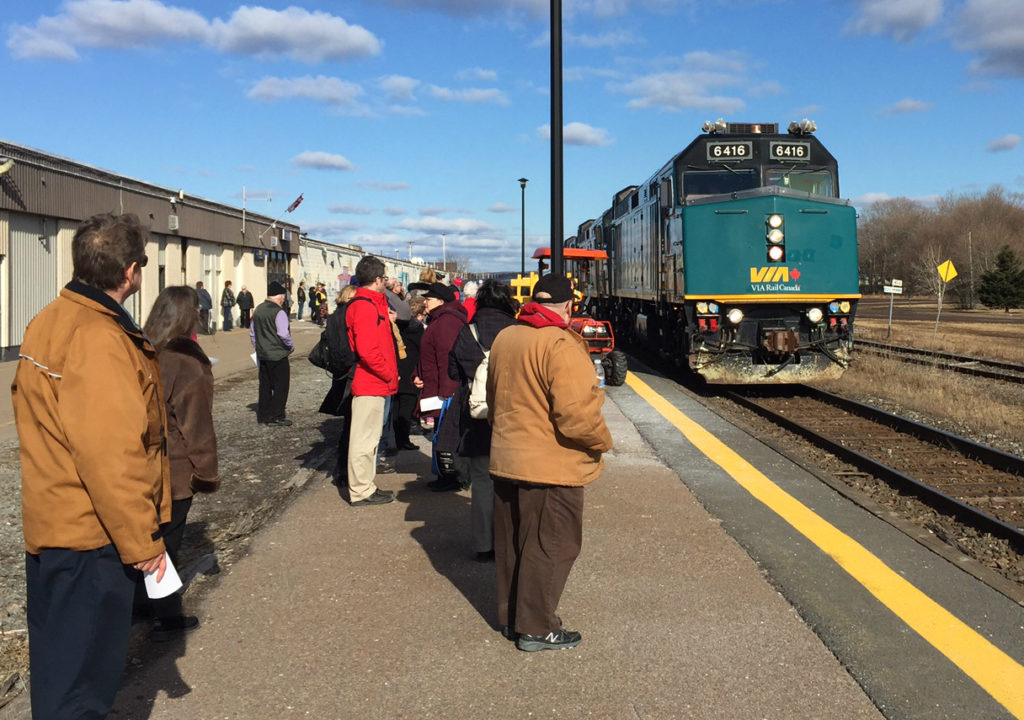
“VIA Rail’s Ocean is dying.” So begins the report recently completed by transportation consultant and advocate Greg Gormick for the advocacy group Save Our Trains in Northern New Brunswick. The new report is titled “Riding the Ocean’s Next Wave: A proposal for VIA Rail Canada’s Maritime services”, and was released in mid-August with considerable media coverage.
Gormick is no stranger to VIA’s Maritime services. He has completed reports on rail service in the region in the past, and toured Atlantic Canada as part of the “National Dream Renewed” campaign several years ago, aiming to generate support for improvements to VIA’s services across the country at a time when the future was looking particularly bleak.
His assessment of the current situation boils down, in essence, to three points: VIA is struggling to compete with discount airlines for end-to-end travel; their equipment is deteriorating; and the inconvenience of a tri-weekly schedule is simply unable to generate adequate ridership or effectively serve any part of the market. These are concerns that are generally shared by TAA. Continue reading “A New Proposal to Rehabilitate the Ocean”







